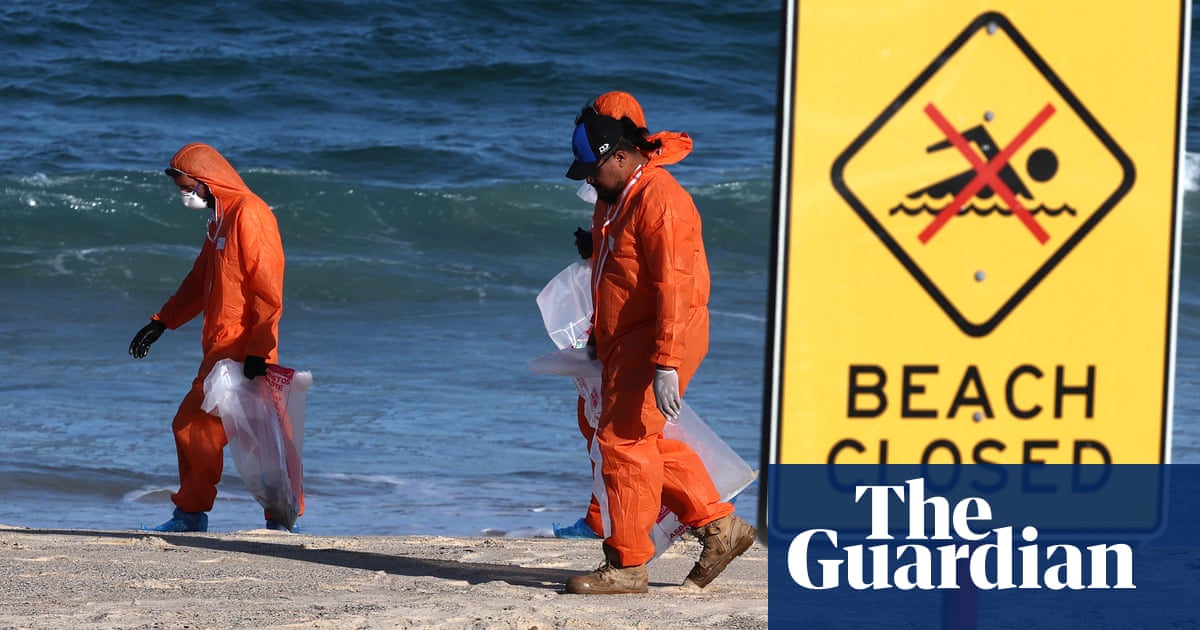Nine of Sydney’s northern beaches have been closed after ball-shaped debris washed ashore.
The Northern Beaches council on Tuesday advised beachgoers to avoid Manly, Dee Why, Long Reef, Queenscliff, Freshwater, North and South Curl Curl, North Steyne and North Narrabeen beaches until further notice.
In a post on Facebook, the council said it was working with the New South Wales Environment Protection Authority (EPA) to clean up the balls and send them for testing after the regulator alerted it to the debris.
Most of the samples identified were marble-sized, although a few were larger. They were white or grey in colour, the council said.
The discovery of the balls on the northern beaches comes after thousands of pieces of spherical debris washed up on several eastern suburbs beaches including Bondi, Bronte, Coogee and Tamarama in October last year, forcing their temporary closure.
Those mystery balls were initially widely reported to be “tar balls” comprising crude oil until testing coordinated with the EPA revealed they were consistent with human-generated waste – or “likely lumps of fatberg”, according to experts.
Guardian Australia reported the EPA had allegedly known for more than a week that the balls were consistent with human-generated waste before it made the information public as the US election results dominated headlines.
At the time, the EPA coordinated the release of a statement that revealed those balls comprised fatty acids, petroleum hydrocarbons and other organic and inorganic materials – including traces of drugs, hair, motor oil, food waste, animal matter and human faeces.
At the time, a Sydney Water spokesperson said “there have been no issues with the normal operations of the Bondi or Malabar wastewater treatment plants”.
“Sydney Water acknowledges the tar balls may have absorbed wastewater discharge, which was already present in the water while forming, however, they did not form as a result of our wastewater discharges,” it said at the time.
In early December, green, grey and black balls washed up on a beach in Kurnell, in Sydney’s south, with beachgoers warned to avoid the area.
after newsletter promotion
The EPA said at the time its officers had collected samples for analysis which would be tested and compared to the other debris found on the eastern beaches. The regulator has not provided a public update on this testing.
At the time, the NSW Greens said the EPA didn’t appear “any closer” to discovering the source of the debris washing up on Sydney’s beaches.
“The EPA can’t explain the source of the human waste causing the fatbergs and it can’t assure the public that Sydney’s beaches are safe to use,” the party’s environment spokesperson, Sue Higginson, said in December.
Fatbergs form in sewers from material that does not dissolve in water – including oil and grease – piling up and sticking together.
The NSW EPA and Sydney Water were contacted for comment on Tuesday.








